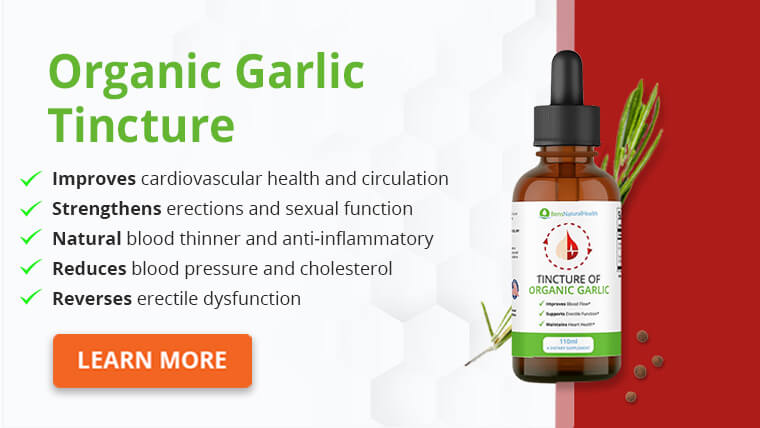If you’re wondering how to prevent heart disease, you’re not alone.
Heart disease, also known as cardiovascular disease, is one of the leading causes of death worldwide.
Heart disease includes several types of diseases, including coronary artery disease, which can lead to heart attack and stroke.
Certain risk factors can increase your risk of heart disease.
Not all of the risk factors for heart disease can be changed, such as your genetics, but there are several risk factors you have control over.
To learn how to prevent heart disease, read on for ten steps you can implement now.
10 ways to lower your risk of heart disease
1. Get regular exercise
Regular physical activity is a great way to reduce your heart disease risk. Exercise helps make your heart muscle stronger, helps promote healthy blood pressure levels, and can help you stay at a healthy weight. Exercise also improves circulation and blood flow.
The American Heart Association recommends 30 minutes of moderate exercise five days per week to help reduce heart disease risk.
2. Stop smoking
Smoking greatly increases your heart disease risk. Smoking causes your arteries to harden, making them stiff and more likely to form plaque.
If plaque builds up enough, it can form a blockage and cause a heart attack or stroke.
Your risk of heart disease increases with the number of cigarettes you smoke per day. Cutting back on smoking and ultimately quitting smoking can help improve your heart and lung function.

3. Aim for a healthy weight
Obesity is associated with an increased heart disease risk. Carrying fat around your belly (visceral fat) might be harmful to your heart health.
A waist circumference greater than 40 inches in men and greater than 35 inches in women indicates greater visceral fat mass, which may also increase heart disease risk.
4. Drink alcohol in moderation
Heavy alcohol use can lead to high blood pressure and stroke. Drinking alcohol in moderation, on the other hand, may have protective benefits against heart disease.
Moderate drinking is defined as no more than two drinks per day for men and no more than one drink per day for women.
5. Keep cholesterol and lipids under control
High cholesterol levels can increase your heart disease risk. High LDL cholesterol (bad cholesterol) can cause plaque buildup and inflammation.
HDL cholesterol (good cholesterol) has anti-inflammatory properties and can help reduce your heart disease risk.
Triglycerides are often tested along with cholesterol in blood tests. Triglycerides are a type of fat in your blood that can lead to the thickening of your arteries.
You should get regular cholesterol screenings which are typically covered by health insurance during preventive wellness visits.

6. Limit added sugar intake
Added sugars are in countless processed foods and sugary drinks. Excessive added sugar intake can raise your blood pressure and lead to inflammation which is both linked with increased heart disease risk.
The American Heart Association recommends limiting added sugar to no more than 24 grams per day for women and no more than 36 grams per day for men.
7. Get screened for diabetes
Diabetes greatly increases your risk of heart disease. Millions of people have prediabetes, a condition where your blood sugar levels are higher than normal. If left untreated, prediabetes often turns into type 2 diabetes.
You can get screened for prediabetes and diabetes with a simple blood test. Ask your healthcare provider the next time you go in for your wellness exam.

8. Eat more healthy fats
Saturated fats from animal products (fatty meat, high-fat dairy products, etc.) can lead to LDL cholesterol formation. High LDL cholesterol is one of the many risk factors for developing heart disease.
Unsaturated fats from vegetable oils, nuts, seeds, avocados, and fatty fish like salmon aren’t as likely to increase your LDL cholesterol.
Unsaturated fats can also boost HDL cholesterol levels, which is known as good cholesterol, and can lower your heart disease risk.
9. Keep your blood pressure under control
Millions of people suffer from high blood pressure. High blood pressure is known as “the silent killer” because it typically has no symptoms.
Controlling your blood pressure puts less strain on your heart, allowing it to pump blood throughout your body more effectively.
10. Eat a plant-based diet
Plant-based diets are associated with a decreased risk of heart disease and many other chronic diseases.
You don’t have to become a vegan or even a vegetarian, but increasing the amount of plant-based foods in your diet can help improve your heart health.
Fruits, vegetables, legumes, nuts, seeds, and whole grains are all rich in fiber, vitamins, minerals, and antioxidants which can help reduce your heart disease risk.
Risk factors for heart disease that you cannot change
Healthy lifestyle habits like eating a healthy diet and getting regular physical activity are things you can control. There are certain risk factors for heart disease that you can’t control, such as:
Age
Your risk of developing heart disease increases as you get older. Most people who die from heart disease are over the age of 65.
Your sex
Men are more likely to suffer from heart attacks and high blood pressure compared to women. Men have heart attacks at younger ages compared to women as well.
Genetics
There are certain genetic components of heart disease risk. If one of your parents has heart disease, then your heart disease risk is higher than someone who doesn’t have a family history of heart disease.
Race
Your race also plays a role in your heart disease risk. African Americans, Mexican-Americans, Native Americans, native Hawaiians, and some Asian-Americans are at higher risk due to a higher incidence of obesity and diabetes in those populations.
Conclusion
If you’re wondering how to prevent heart disease, you’re not alone. Heart disease is a serious chronic disease that causes around one in four deaths.
There are some risk factors for developing heart disease that you can’t control, like your family history and age.
The good news is there are several risk factors you can change by adopting healthy lifestyle habits like eating a healthy diet, not smoking, getting regular physical activity, and getting screened for problems like high cholesterol, high blood pressure, and diabetes.
Explore More







